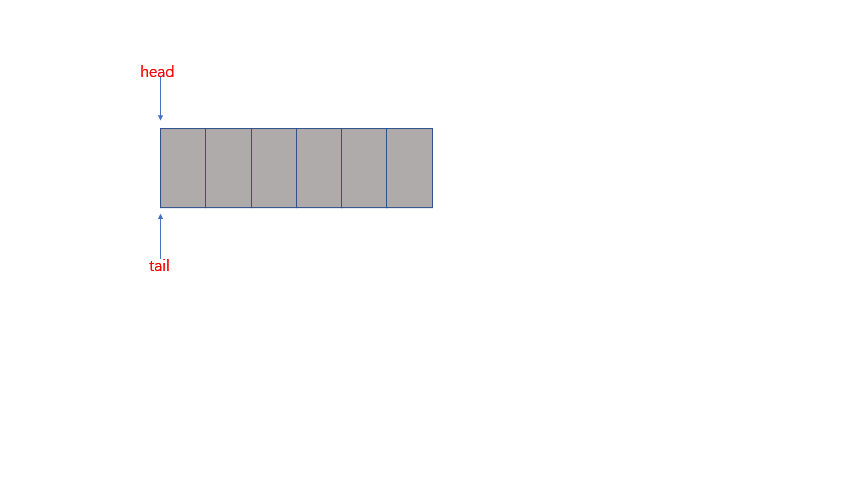前言
喜欢博主的留下你们的三连!
文章目录
栈的概念
一句话:先进后出!
我可以实现顺序栈,或者链式栈,但是由于栈只需要找尾,然后删除,故顺序栈是最优选!
栈的创建
和顺序表很类似!
typedef int STDataType;
typedef struct Stack
{
STDataType* data;//数据
int top;//栈顶
int capacity;//容量
}Stack;
初始化栈
void StackInit(Stack* ps)
{
assert(ps);
ps->capacity = 0;
ps->data = NULL;
ps->top = 0;
}
入栈
void StackPush(Stack* ps, STDataType data)
{
assert(ps);
if (ps->top == ps->capacity)//判断容量
{
int newcapacity = (ps->capacity == 0 ? 4 : 2 * ps->capacity);//扩容后的容量
STDataType*tmp=realloc(ps->data,sizeof(STDataType)*newcapacity);//扩容
if (tmp == NULL)
{
perror("realloc fail");
exit(-1);
}
ps->capacity = newcapacity;
ps->data = tmp;
}
ps->data[ps->top] = data;//压入数据
ps->top++;
}
出栈
void StackPop(Stack* ps)
{
assert(ps);
assert(ps->top);//防止为空
ps->top--;
}
获取栈顶元素
STDataType StackTop(Stack* ps)
{
assert(ps);
assert(ps->top);//防止为空
return ps->data[ps->top-1];//top位置是压入数据的位置,所以栈顶元素也就是它前一个元素
}
获取栈的元素个数
int StackSize(Stack* ps)
{
return ps->top;
}
检测栈是否为空
int StackEmpty(Stack* ps)
{
if (ps->top == 0)return 1;
else return 0;
}
销毁栈
void StackDestroy(Stack* ps)
{
assert(ps);
free(ps->data);
ps ->data= NULL;
ps->top = 0;
ps->capacity = 0;
}
队列的概念
一句话:和栈相反,就是先进先出!

队列也有顺序队列和链式队列,这里我们优选链式队列,因为我们的头和尾要频繁移动,但是有同学会说,用单链表的话找尾不是要遍历吗?这里我要说的是由于队列只需要尾插而不需要尾删,我们直接可以定义一个指针指向尾即可!
创建队列
typedef int QNodeType;
typedef struct QueueNode// 节点
{
QNodeType data;
struct QueueNode* next;
}QueueNode;
typedef struct Queue
{
int size;//记录个数
QueueNode* head;
QueueNode* tail;
}Queue;
初始化队列
void QueueInit(Queue* q)//初始化
{
assert(q);
q->head = q->tail = NULL;
q->size = 0;
}
入列(就是尾插)
void QueuePush(Queue* q, QNodeType x)//入列
{
assert(q);
QueueNode* newNode = (QueueNode*)malloc(sizeof(QueueNode));
if (newNode == NULL)
{
perror("malloc fail");
exit(-1);
}
newNode->next = NULL;
newNode->data = x;
if (q->head == NULL)
{
q->head=q->tail = newNode;
q->size++;
}
else
{
q->tail->next = newNode;
q->size++;
q->tail = newNode;
}
}
出列(就是头删)
void QueuePop(Queue* q)//出列
{
assert(q);
assert(!QueueEmpty(q));
if (q->head->next == NULL)//一个数据
{
free(q->head);
q->head = NULL;
}
else//多个数据
{
QueueNode* next = q->head->next;
free(q->head);
q->head = next;
}
q->size--;
}
队列的头(先出去)
QNodeType QueueFront(Queue* q)//队列的头
{
assert(q);
assert(!QueueEmpty(q));
return q->head->data;
}
队列的尾(后出去)
QNodeType QueueBack(Queue* q)//队列的尾
{
assert(q);
assert(!QueueEmpty(q));
return q->tail->data;
}
判断队列是否为空
int QueueEmpty(Queue* q)//判断是否为空
{
if (q->head == NULL)
return 1;
else
return 0;
}
输出队列的元素个数
int QueueSize(Queue* q)//输出个数
{
return q->size;
}
销毁队列
void QueueDestory(Queue* q)//销毁队列
{
assert(q);
QueueNode* cur = q->head;
while (cur)
{
if(cur->next==NULL)
{
free(cur);
cur = NULL;
}
else
{
QueueNode* next = cur->next;
free(cur);
cur = next;
}
}
QueueInit(q);
}
